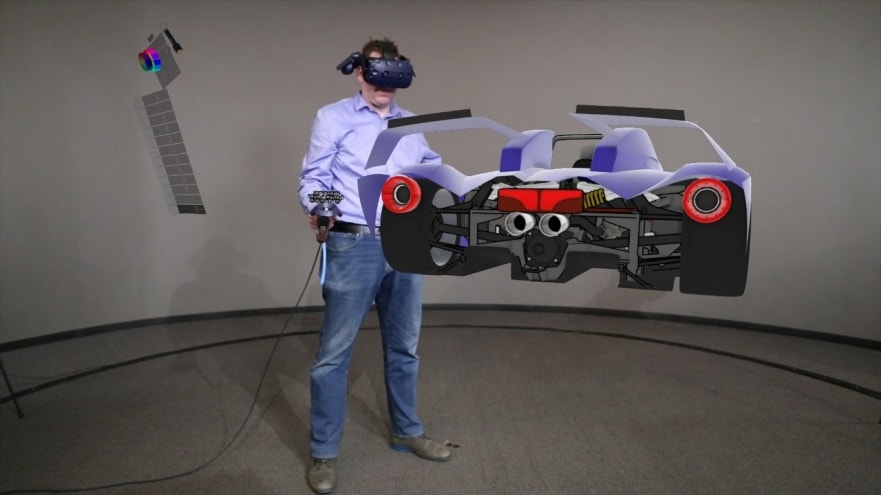Today’s comprehensive selection of commercial vehicle engines offers
many benefits to customers.
A myriad of choices enable customers to
select the engine that best fits their application without sacrificing
torque, fuel efficiency, horsepower and more.
While the vast engine choices create additional value, it can also
create a dilemma when it comes to properly spec’ing the engine for the
intended application of the vehicle. Purchasers may be overwhelmed by
the selection and consequently choose an engine that doesn’t best fit
the requirements. Over spec’ing and under spec’ing are common mistakes,
leading to lost efficiency, productivity or a longer return on
investment period.
Within the last few years, commercial vehicle manufacturers have
vastly increased engine choices. The most notable additions have been
diesel engines within several Class 1 light duty pickups and gasoline
engines within Class 6 and Class 7 medium duty trucks. While gasoline
engines still dominate Class 1 and diesel engines make up the majority
of Class 6 and Class 7, these new engine choices make the decision much
more analytical than ever before.
So how do you know which engine is right for the job? There are many
factors to consider as it pertains to the engine when in the market for a
new commercial vehicle.
Cost
Commercial vehicles would all be perfect if cost didn’t need to be
factored into the equation.
Unfortunately, the real world operates on
financial constraints so unlimited funding for your next work truck just
isn’t feasible. That being said, cost is a major influencer on the
selection of the commercial vehicle, especially as it relates to the
engine.
Acquisition costs can be substantially higher with diesel engines,
stretching from $8,000 more in light duty commercial vehicles up to
$12,000* in heavy duty commercial trucks. Gasoline engines offer the
advantage with significantly lower acquisition costs.
Horsepower & Torque
Selecting an engine with enough horsepower and torque is vital for
success with many commercial vehicles. The most common application
considered for ample horsepower and torque is pulling a trailer,
regardless of size. The more weight on the trailer, the more important
horsepower and torque becomes. Other applications, including hauling
bulk material, should also pay close attention to the horsepower and
torque ratings of an engine as these vehicles are consistently hauling
the maximum available payload.
While gasoline and diesel engines have similar horsepower ratings,
they are vastly different with torque. Looking at a class 3 pickup, the
diesel has a slight advantage in horsepower rating yet boasts a torque
rating two times that of the gas engine**. Point being, if you are
towing heavy loads or your application relies upon torque to get you
moving a diesel will be the better fit for you.
Fuel Efficiency
Federal regulations have forced commercial vehicle manufacturers to
maximize fuel efficiency within new vehicles, regardless if they contain
diesel or gasoline engines. This has caused the gap of fuel efficiency
between gasoline and diesel engines to shrink. Historically, diesel
engines have held the advantage of fuel efficiency over gasoline
engines. Today, you can expect a slight difference between most gasoline
and diesel engine choices. For instance, with a light duty Class 1
pickup you can expect to see a combined fuel efficiency rating of 20 mpg
with the gasoline engine and a combined fuel efficiency rating of 23
mpg with the diesel engine***.
Commercial vehicle customers should compare the price per gallon of
diesel and unleaded fuel and factor in projected annual mileage to
determine overall fuel costs.
PTO Provisions
Snowplows, dumps, cranes, many different applications require a
power-take-off (PTO). To avoid potential compatibility issues, ensure
the engine (and transmission) you select will allow for PTO
installation. Many truck manufacturers offer a “PTO prep” option, making
the installation of the PTO unit more seamless for the upfitter.
At one time, your only choice for PTO compatible engines were
diesels. Today, many manufacturers offer gas engines that can easily
accommodate a PTO unit for auxiliary equipment.
Idle Frequency
Engine idling is common within many vocations that employ commercial
vehicles to get the job done. Today, many local and state regulations
are in place to discourage companies from engine idling. This has led to
many product developments, including stand-alone, mobile power systems
that mount on the commercial vehicle. For companies that are still
allowed to idle their engines on the job, there are obvious benefits
associated with diesel engines.
Diesel engines idle at a lower speed and are engineered for severe
duty cycles, making them the more popular choice within high-idle
applications.
Maintenance
The longer the life cycle of the vehicle, the more vital engine
maintenance will become. There are many considerations to be made as it
pertains to maintenance including cost of replacement parts,
preventative maintenance intervals, qualified technicians, warranty
coverage and more.
While diesels have longer maintenance intervals and warranty
coverage, there are additional components and requirements (DEF fluid)
that aren’t found on gasoline engines. Diesel replacement parts tend to
be more expensive and finding qualified diesel mechanics can be a
challenge in certain geographic areas.
Cost leans heavily towards gasoline while torque, engine life, fuel
efficiency and idle frequency favors diesel. PTO provisions and
maintenance are heavily reliant upon the application. As always, be sure
to have a clear understanding of the intended application of the
vehicle to help ensure you make the best selection for the job at hand.
*Comparing 2016 Ford F-250
gas(6.2L) and diesel (6.7L) pickup for light duty and 2017 Ford F-750
gas (6.8L) and diesel (6.7L) cab chassis for heavy duty, prices are MSRP
from ford.com.
**Comparing
2016 3500HD pickup with Vortec 6.0L V8 gas engine rated at 360
horsepower and 380 ft-lb. of torque and Duramax 6.6L V8 diesel engine
rated at 397 horsepower and 765 ft-lb. of torque
***Comparing
2016 Ram 1500 2wd with a 3.6L gas engine with 2016 Ram 1500 2wd with a
3.0L diesel engine, both models with 8 speed automatic transmission.
Data obtained from National Highway Traffic Safety Administration
(nhtsa.gov).
Source:
https://www.knapheide.com/news/blog/2016/08/gas-vs-diesel-which-to-spec?utm_source=eloqua&utm_medium=email&utm_campaign=nurture&utm_content=tof-2&elqTrackId=cf5c9a60cb55496db9b8a0e6320093c3&elq=b7b12e3bfdc7462185b997ff4aa710e4&elqaid=1067&elqat=1&elqCampaignId=518







